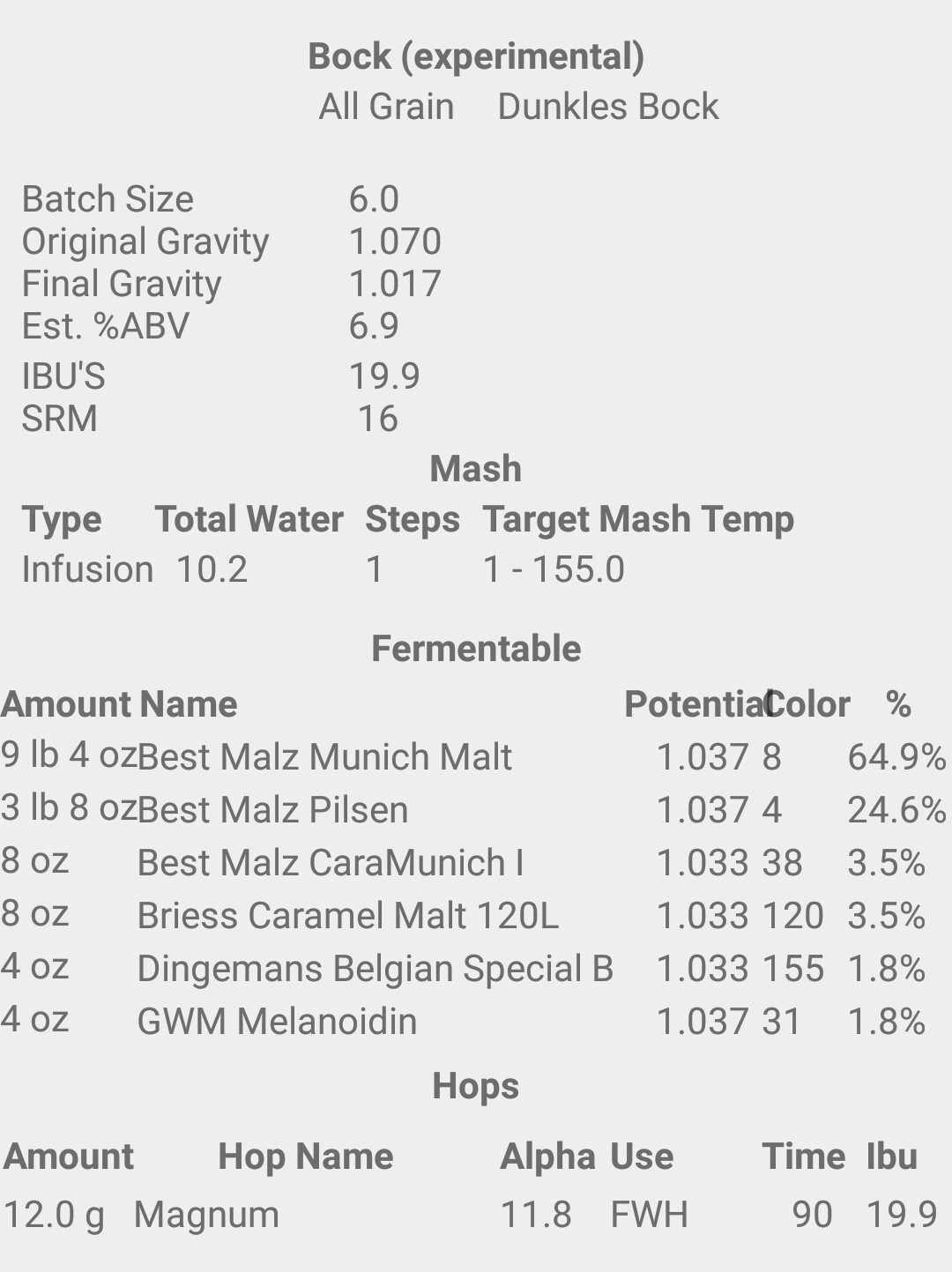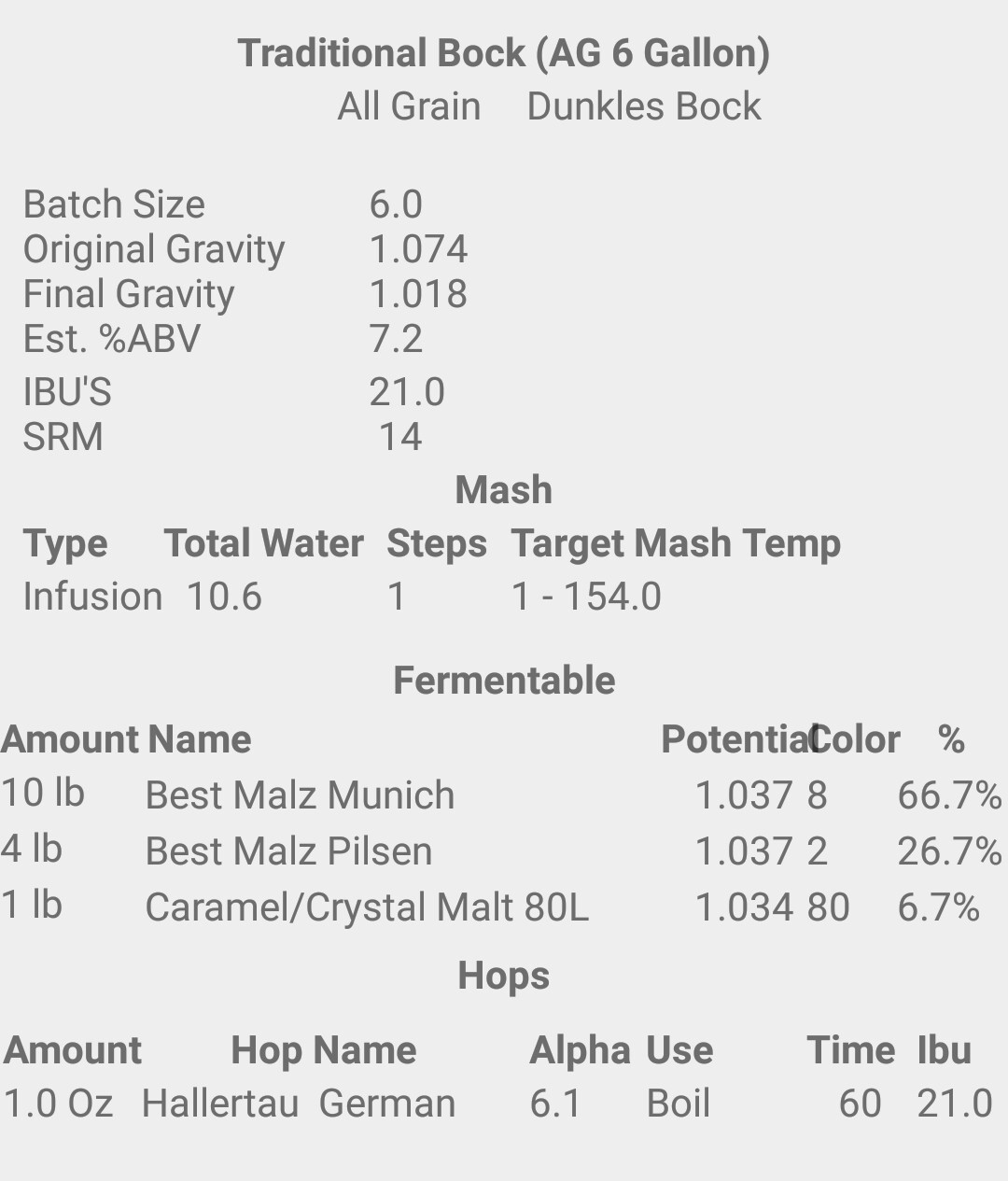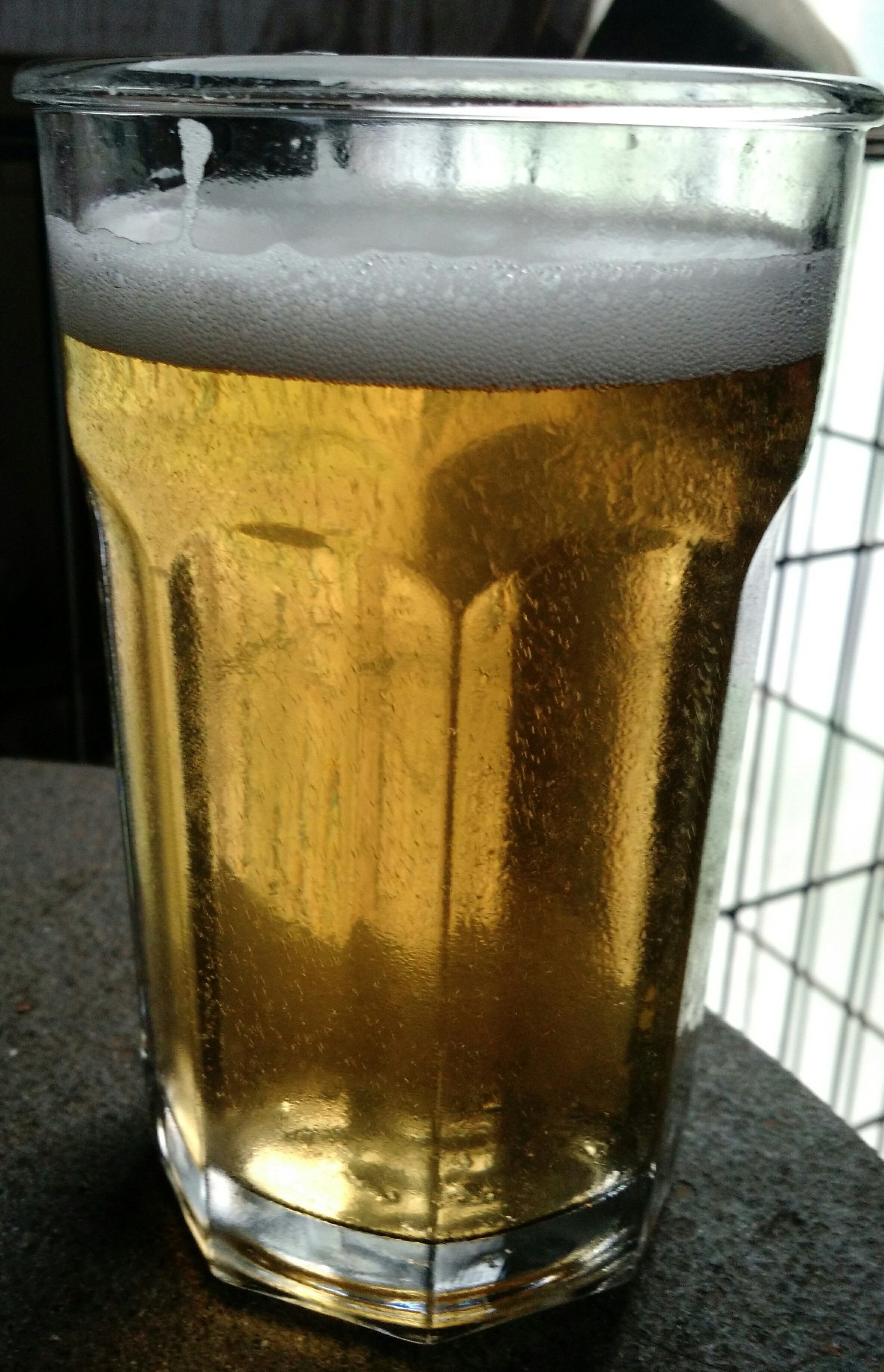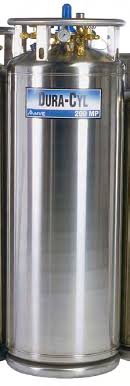I've been doing LODO stuff now for....maybe 2 1/2 years. Your advice above is spot on. People who haven't done it and have doubts should try it and see if they can perceive a difference.
There is one, at least it's been obvious in my own brewing.
However, that's not the end of the story. Whether someone LIKES the result is a different deal entirely. They may not.
I've done a Pilsner with flavor that is like a punch in the mouth of Pilsner flavor. It is impressive, and I took it as a sign that I had conquered much--not all--of the LODO methodology.
But here's the thing: I didn't care for it that much. I have a super-taster friend who thought it was terrific, but me? No. I'm not a huge fan of punch-in-the-mouth pilsner flavor. Pretty much like how I'm not a fan of Belgians. I-just-don't-care-for-the-flavor-that-much.
*****************
I do a dark lager (Darth Lager!). It's my flagship beer. Done with LODO techniques, the dark flavors overwhelm the flavor palette (yeah, palette, not palate). It just isn't what I wanted, and it's not what made that beer my house beer. Too much....whatever.
I've tried toning down the recipe, reduced the amount of dark malts (choc wheat and choc malt) to relatively small amounts, and it STILL is overwhelming when using LODO stuff.
So I "regressed." I brewed Darth using non-lodo techniques. No pre-boiling. No mash cap. Nothing out of the ordinary. Guess what? It's BACK! The beer I loved, and made over and over again, is back. I still have a half-keg of "Heavy" Darth on tap, but it just doesn't work as well....for me.
But....I've used LODO stuff with an Amber which was magical. So it remains a part of my repertoire, and for good reason.
***************
I've done this LODO thing long enough now that I can offer some conclusions, based on my own experience and no one else's:
there is definitely an effect and at times it's stunning. At other times, it produces a beer that's still....impressive....but one I don't necessarily want to drink.
In the end, people should ignore LODO techniques if it's not their thing, but they also shouldn't dismiss them as a figment of imagination. The result is not a figment.
But really, why should anyone care what I do in brewing? Or you do? My family still loves me. I have beer *I* like on tap. My bank account neither shrinks nor grows based on others' preferences.
And what the heck--it's not that hard to try it and produce discernable results. @bassmann2003 has shown exactly how to do that in the quoted post. You don't need expensive equipment to give it a shot. You may or may not like what it does, but then you can decide if the fiddling is worth the result.
Good luck to all with this, and let's hope we can get back to more civility here.
























































![Craft A Brew - Safale S-04 Dry Yeast - Fermentis - English Ale Dry Yeast - For English and American Ales and Hard Apple Ciders - Ingredients for Home Brewing - Beer Making Supplies - [1 Pack]](https://m.media-amazon.com/images/I/41fVGNh6JfL._SL500_.jpg)




